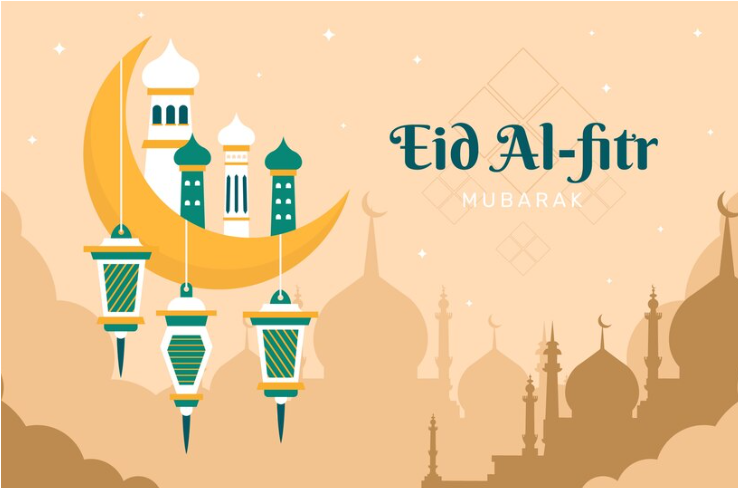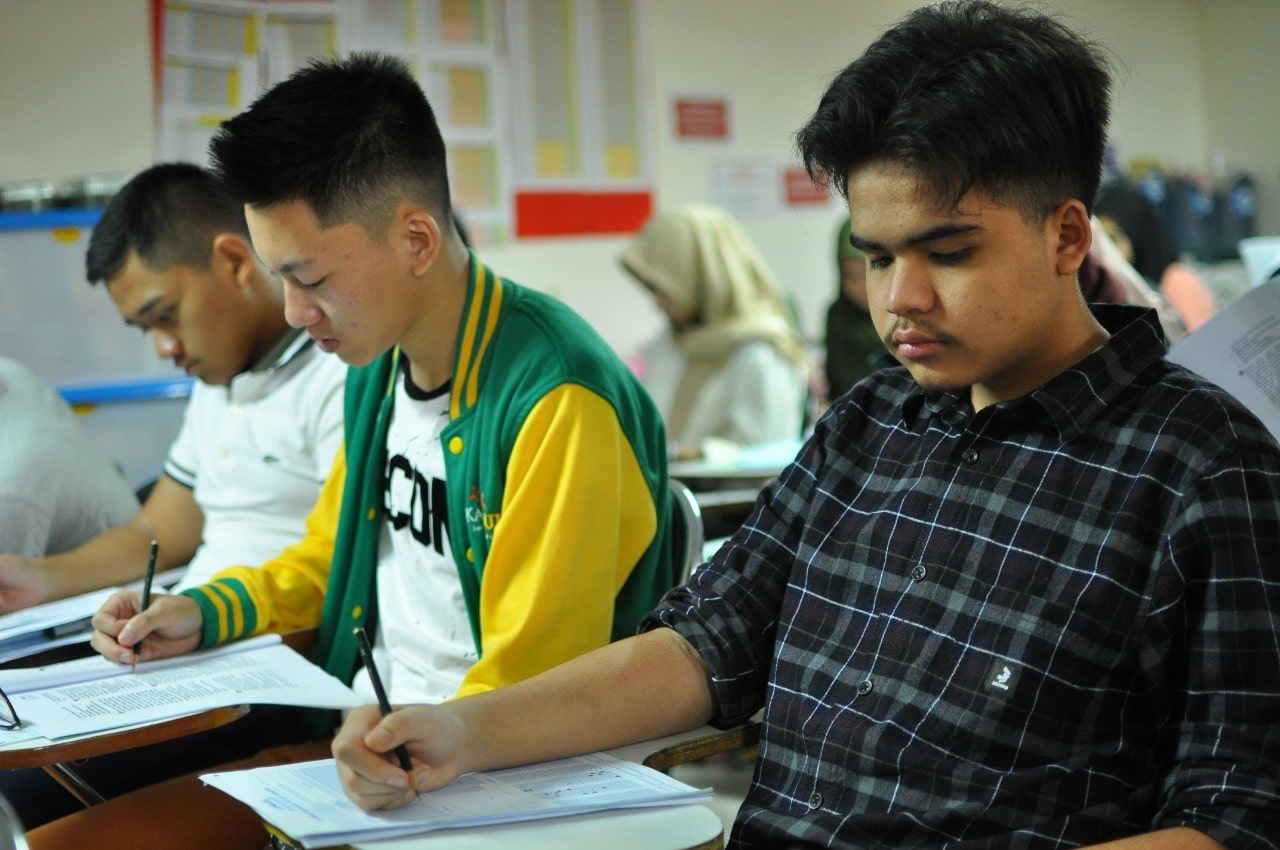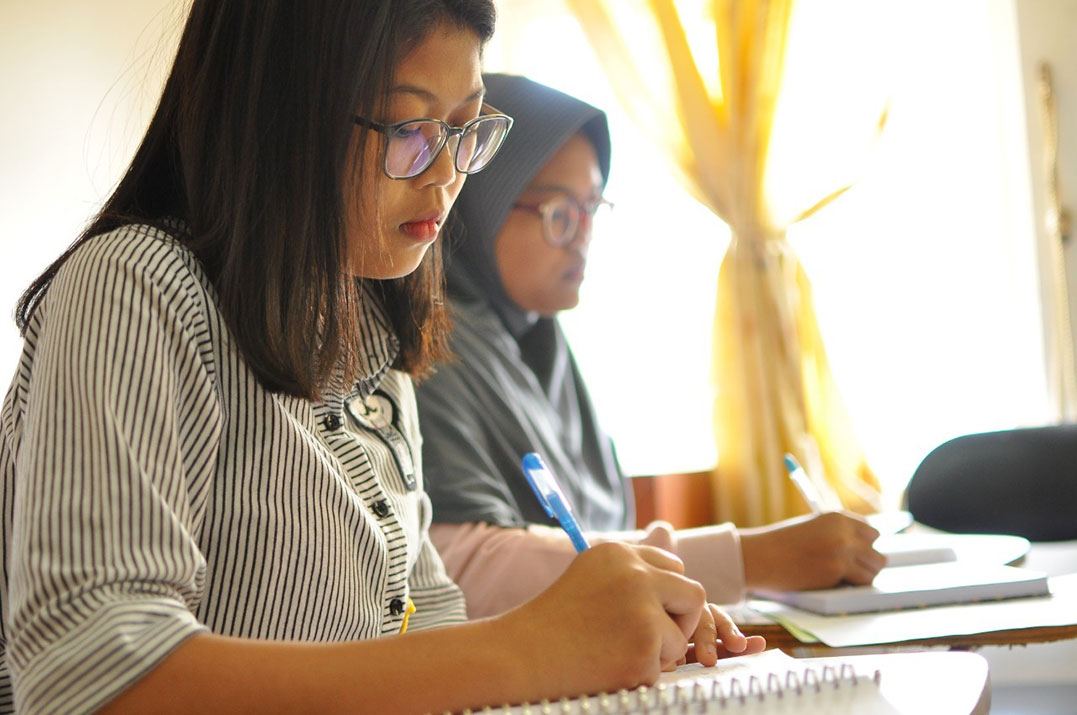
The Eid al-Fitr holiday in various countries has different traditions depending on the culture and demographic conditions of the people in that country. If Islam becomes the majority religion in a country, then Eid al-Fitr celebrations there will feel even more festive.
In Indonesia itself, Eid al-Fitr is synonymous with the tradition of going home to one's hometown, traveling takbir, gathering with family, as well as halal bihalal or forgiveness. Apart from that, there are other countries that also have unique traditions in celebrating Eid al-Fitr.
Explore the Festivities of Eid Traditions in Various Countries
Eid al-Fitr is a day of victory that Muslims look forward to after fasting in the month of Ramadan. During celebrations, holidays are often celebrated with various unique community traditions in each region and even country. Are you curious about the traditions? Before that, see the history of the holiday below.
History of Hari Raya in Indonesia
The celebration of Eid al-Fitr in Indonesia has an interesting historical record to review and find out. During the time of the Prophet, Muslims celebrated Eid al-Fitr after completing the Battle of Badr in 624 AD or the 2nd year of the Hijriah. This is the first celebration of Eid al-Fitr for Muslims.
In the Abbasid Dynasty, Eid al-Fitr celebrations were carried out with a series of lively activities and were carried out for three days which ended with eating a variety of halal foods served.
In the Abbasid Dynasty, Eid al-Fitr was carried out with a series of festive activities and was carried out for three days ending with eating various halal foods that were served.
In the book Empire of the Islamic World by Robin Santos Doak, it is explained that Muslims on the streets of Baghdad, Iraq, were entertained by performances by musicians and poets who demonstrated their skills. Of course, this entertainment has positive value and does not violate the Sharia.
This open attitude makes them engage in friendly relations and halal bihalal when the Eid al-Fitr holiday arrives. The history of Eid al-Fitr celebrations in Indonesia is also recorded as varying in various regions. One of them is Eid Ketupat, which was introduced by Sunan Kalijaga.
Eid Ketupat is a tradition that enlivened the Eid al-Fitr celebrations of the Javanese people at that time. Sunan Kalijaga taught Javanese people to make food with the main ingredient of rice wrapped in woven coconut leaves. At that time, woven leaves were synonymous with the cultural and artistic characteristics of Javanese society.
This is the festive Eid al-Fitr tradition in various countries
1. Saudi Arabia
In contrast to Indonesia, in Saudi Arabia, when the Eid al-Fitr holiday arrives, they will hold art performances such as theater performances, music parades, poetry readings, dance and various other arts. In Saudi Arabia, after performing the Eid prayer, they eat with their families and then go to each relative's and neighbor's house.
2. Türkiye
In Türkiye, the Eid al-Fitr holiday is called Bayram. The people there also wear typical clothing called Bayramlik. Likewise in Indonesia, younger people pay respect to their elders by kissing their hands or prostrating themselves in front of them.
There also has a tradition of going from house to house to give greetings. What is unique about Eid prayers in Turkey is that only men pray in the mosque while women stay at home. In Turkey there is also a sugar festival, where they will give chocolate, candy, coins or typical Turkish food.
3. China
Eid al-Fitr celebrations in China involve visiting the graves of their ancestors to recite prayers. This tradition is carried out to honor the hundreds of thousands of Muslims who died during the Qing Dynasty and the Cultural Revolution.
Similar to other countries, after performing Eid prayers, they gather to stay in touch and eat together.
4. America
In America, the majority of the population is non-Muslim. However, Eid traditions there are still carried out with great fanfare. Uniquely, the Muslim community there determines the 1st of Shawwal by informing their relatives via telephone or internet.
After the Eid al-Fitr prayer, they also hugged and wished each other a happy Eid al-Fitr. Because the majority of the Muslim population there are immigrants, the clothing worn also varies greatly according to their respective countries of origin.
5. Australia
Similar to America, the Muslim population in Australia is a minority. However, for Eid celebrations, Muslims are supported by the government. Many companies give holidays to Muslims so they can worship and celebrate the holiday with their relatives.
Not only that, Eid in Australia is celebrated with a Multicultural Festival, where the festival is not only celebrated by Muslims. Non-Muslims also join in enlivening the festival. Generally they sell typical Australian food.
6. India
In India, when Eid al-Fitr arrives, the Muslim community will pray Eid al-Fitr in the mosque. After that, they gathered with their relatives to chat while eating typical Indian Eid food.
The typical Indian Eid food is Siwaiyaan, which is a mixture of sweet vermicelli served with milk and dried fruit. This typical food must be served in India when the Eid al-Fitr celebration arrives.
8. Malaysia
Our closest neighboring country also has Eid traditions that are not much different from our country. They also have the concept of going home, but in Malaysia it is known as balik kampung. They also provide typical Eid foods, namely ketupat and rendang.
There they also visit their relatives' houses, where the young pay respect to their elders, in our country it is called the sungkeman tradition. In Malaysia there is a tradition of giving gifts in the form of money to children, and after they gather with their relatives, they go on a pilgrimage to the grave.
Isn't it interesting the traditions of celebrating holidays in various countries? Even though it is celebrated in different ways, there is one thing that is the same, namely gathering with relatives to stay in touch and eat together with a special menu of dishes from each country.


 PENDAFTARAN SISWA
PENDAFTARAN SISWA

 Persiapan Menghadapi SBMPTN
Persiapan Menghadapi SBMPTN Ini Cara Masuk STAN dan Tips yang Bisa Anda Terapkan!
Ini Cara Masuk STAN dan Tips yang Bisa Anda Terapkan! Apa Itu Ujian Mandiri PTN dan Bagaimana Tips agar Bisa Lulus
Apa Itu Ujian Mandiri PTN dan Bagaimana Tips agar Bisa Lulus